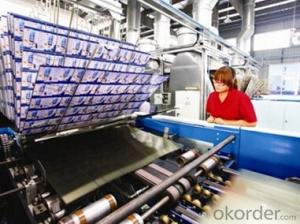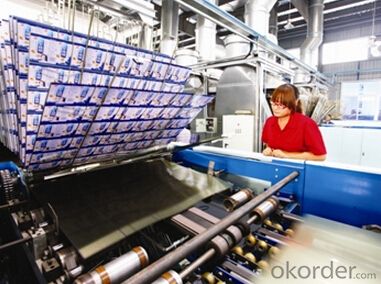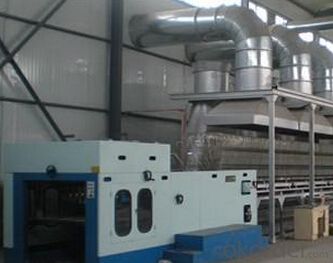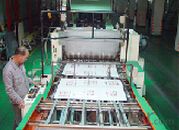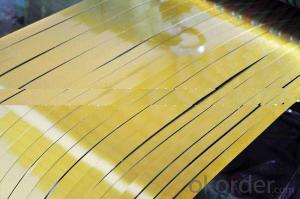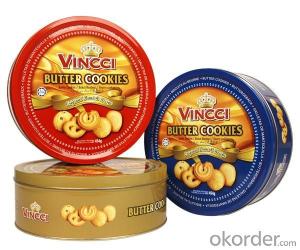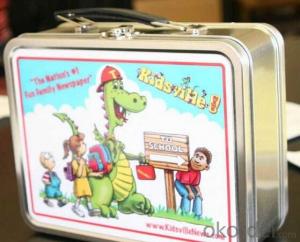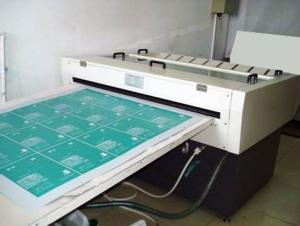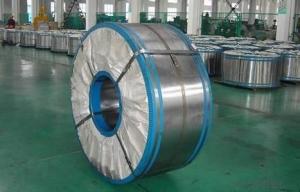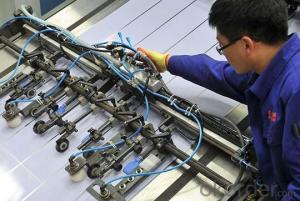Printing Sheet with Pictures for Metal Packaing
- Loading Port:
- China main port
- Payment Terms:
- TT OR LC
- Min Order Qty:
- 25 m.t.
- Supply Capability:
- 30000 m.t./month
OKorder Service Pledge
OKorder Financial Service
You Might Also Like
Printing Sheet with Pictures for Metal Packaing
1. Product Description:
Tinplate and TFS are widely used for making all types of containers such as artistic cans, tea cans, painting cans, chemical package cans and metal printing etc. Its applications are not limited to containers; recently, they have also been used for making electrical machinery parts and many other products.
2. Product Features:
Fully Automatic
Beautiful Appearance
Excellent Paintability & Printability
Excellent Formability & Strength
Excellent Corrosion Resistance
Excellent Solderability & Weldability
3. Product Parameters:
Technical standard | JISG3315 and GB/T24180 - 2009 (BS EN 10202:1990) |
Steel Type | MR / SPCC |
Thickness | From 0.15mm to 0.50mm (Tolerance +/- 0.01mm) |
Width | Normally 600-1050mm (Tolerance +3/-0 mm) |
Coating | Total chromium min 30mg/m2 max 140mg/m2 |
Temper & Annealing | T1-T5, DR7-8, TS230-TH435, T49-T65(+/- 4) |
Surface Treatment | Bright & Fine Stone & Stone & Silver & Matt |
Payment terms | Letter of Credit (L/C), Telegraphic transfer (T/T) |
Price terms | CFR & CIF price term |
Delivery time | Within 60 days after received L/C or T/T down payment |
Packing | High quality shipping packing which contains thin plastic film, rust-proof paper, metal cover, metal angles and strap sand pallet. |
Minimum order Quantity(MOQ) | 25 metric tons (1X 20'' container) |
4. FAQ:
Q1: What is your delivery time?
A: Generally, the delivery time is 70 days after receive the deposit, special specification may take more time.
Q2: What is the payment term?
A: We accept both T/T and L/C. Most customers pay by T/T.
Q3: What kind of after-sevices do you provide?
A: If it is not big problem, we can solve it by emails, phone etc. Or we went to your company to slove it in person.
5. Product Pictures:

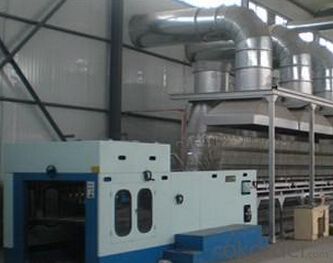
- Q: What are the main regulations governing tinplate production?
- The main regulations governing tinplate production vary depending on the country and region. However, some common regulations include standards for the composition of the tinplate, such as the maximum allowable levels of impurities and the required thickness of the tin coating. Other regulations may focus on safety measures, including guidelines for handling hazardous materials used in the production process. Additionally, environmental regulations often require tinplate manufacturers to comply with waste management and emissions control standards to minimize the impact on the environment.
- Q: How is tinplate coated?
- Tinplate is coated through a process called electrolytic tinning, where a thin layer of tin is deposited onto the surface of a steel sheet. This is achieved by immersing the sheet in an electrolyte solution and passing an electric current through it, causing tin ions to migrate and deposit onto the steel surface. This coating provides tinplate with corrosion resistance and enhances its appearance.
- Q: How is tinplate tested for corrosion resistance?
- Tinplate is tested for corrosion resistance through various methods including salt spray tests, electrochemical impedance spectroscopy, and visual inspections to check for signs of rust or corrosion on the surface.
- Q: How does tinplate contribute to sustainability efforts?
- Tinplate contributes to sustainability efforts in several ways. Firstly, it is a highly recyclable material, which means that it can be reused multiple times without losing its properties. This helps reduce the demand for new raw materials and minimizes waste generation. Additionally, tinplate is often used as packaging material for food and beverages, providing a protective and durable barrier that extends the shelf life of products, reducing food waste. Furthermore, tinplate cans are lightweight, making them more energy-efficient during transportation, thus reducing carbon emissions. Overall, tinplate's recyclability, protective properties, and energy efficiency make it a sustainable choice for various industries.
- Q: Can tinplate be used for packaging products with sharp edges?
- Yes, tinplate can be used for packaging products with sharp edges. Tinplate is known for its durability and strength, making it suitable for packaging products that have sharp edges without causing any damage to the packaging material.
- Q: How is tinplate recycled and what are its recycling rates?
- Tinplate, which is commonly used for food and beverage packaging, is recycled through a process called steel recycling. The recycling of tinplate involves collecting and separating it from other waste materials, followed by shredding, melting, and refining to produce new steel products. Tinplate has a high recycling rate, with approximately 80-90% of tinplate packaging being recycled globally. This high recycling rate is due to the fact that tinplate is a valuable material that can be easily and efficiently recycled, reducing the need for raw materials and minimizing environmental impact.
- Q: What are the different ways to seal tinplate cans?
- There are several methods to seal tinplate cans. Some common ways include double seaming, soldering, welding, adhesive bonding, and using plastic or metal caps with sealing compounds. Each method has its own advantages and is chosen based on factors such as the type of product being packaged, desired shelf life, cost, and production requirements.
- Q: How does tinplate compare to plastic in terms of sustainability?
- Tinplate is generally considered more sustainable than plastic due to its recyclability and lower environmental impact throughout its life cycle. Unlike plastic, tinplate is easily and endlessly recyclable without any loss in quality, making it a preferred choice for packaging materials. Additionally, tinplate has a lower carbon footprint, as it requires less energy to produce and emits fewer greenhouse gases during manufacturing. On the other hand, plastic often ends up in landfills or as litter, taking hundreds of years to decompose and contributing to pollution and wildlife harm. Overall, tinplate offers better sustainability attributes and is a more environmentally friendly option compared to plastic.
- Q: Can tinplate be used for packaging soups and broths?
- Yes, tinplate can be used for packaging soups and broths. Tinplate is a commonly used material for food packaging due to its excellent barrier properties, which help preserve the quality and freshness of the contents. It is also resistant to corrosion and can withstand high temperatures, making it suitable for packaging hot soups and broths.
- Q: What are the different ways tinplate packaging can be decorated?
- Tinplate packaging can be decorated in various ways including lithography printing, embossing, debossing, spot UV coating, and hot stamping. These methods allow for intricate designs, vibrant colors, and special effects to enhance the visual appeal of the packaging.
Send your message to us
Printing Sheet with Pictures for Metal Packaing
- Loading Port:
- China main port
- Payment Terms:
- TT OR LC
- Min Order Qty:
- 25 m.t.
- Supply Capability:
- 30000 m.t./month
OKorder Service Pledge
OKorder Financial Service
Similar products
Hot products
Hot Searches
Related keywords
